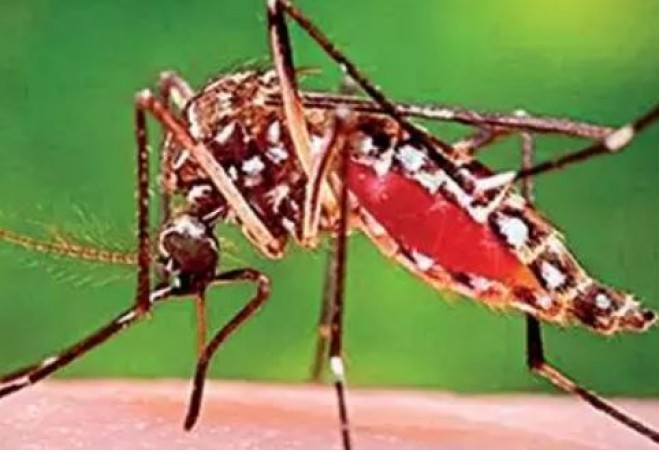
Mosquitoes, those tiny buzzing insects, are not just a nuisance during summer evenings; they are also notorious vectors for various diseases. While dengue and malaria often steal the spotlight, there exists a host of lesser-known illnesses transmitted by these pesky insects. In this article, we delve into some of these diseases, shedding light on their symptoms, prevalence, and prevention methods.
Chikungunya:
Chikungunya, a viral disease transmitted by the Aedes mosquito, is characterized by symptoms such as fever, joint pain, muscle pain, headache, nausea, fatigue, and rash. While rarely fatal, the joint pain can be debilitating and may persist for months. Chikungunya outbreaks have been reported in various parts of the world, including Asia, Africa, and the Americas. Preventive measures include using mosquito repellents, wearing long-sleeved clothing, and eliminating breeding sites.
Zika Virus:
Zika virus gained global attention due to its association with birth defects, particularly microcephaly, in babies born to infected mothers. Aside from congenital complications, Zika can cause symptoms such as fever, rash, joint pain, and conjunctivitis in adults. It is primarily transmitted by the Aedes mosquito, and while most cases are mild, the potential for severe outcomes necessitates vigilance, especially among pregnant women. Prevention involves avoiding mosquito bites, practicing safe sex to prevent sexual transmission, and eliminating standing water where mosquitoes breed.
West Nile Virus:
West Nile Virus (WNV) is a flavivirus commonly found in Africa, Europe, the Middle East, North America, and West Asia. While many infected individuals remain asymptomatic, some may develop symptoms ranging from mild fever and headaches to severe neurological conditions such as encephalitis and meningitis. Culex mosquitoes are the primary vectors for WNV. Prevention strategies include using insect repellents, wearing protective clothing, and minimizing outdoor activities during peak mosquito activity times.
Yellow Fever:
Yellow fever is a viral hemorrhagic disease endemic to tropical regions of Africa and South America. Symptoms typically include fever, muscle pain, headache, jaundice, and vomiting. In severe cases, patients may develop liver and kidney failure, leading to death. The Aedes and Haemagogus mosquitoes transmit the yellow fever virus. Vaccination is the most effective preventive measure, along with mosquito control efforts and personal protection against bites.
While dengue and malaria remain significant public health concerns, it's crucial not to overlook the myriad other diseases transmitted by mosquitoes. From the debilitating joint pain of chikungunya to the severe neurological complications of West Nile Virus, these illnesses pose significant risks to global health. Prevention efforts, including vaccination, mosquito control measures, and personal protective measures, are essential in mitigating the spread of these diseases. By raising awareness and implementing proactive strategies, we can work towards reducing the burden of mosquito-borne illnesses on communities worldwide.
One can become a victim of malaria not only by mosquito bite but also by such means
You don't need to kill, the mosquito dies on its own within a few days